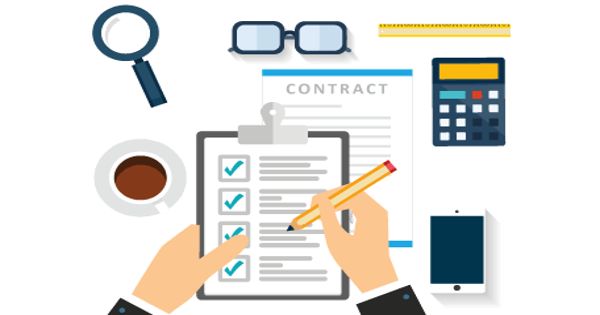Digital distribution is the delivery or distribution of digital media material such as audio, video, e-books, video games, and other software. It is also known as content delivery, online distribution, or electronic software distribution. It is the process of delivering digital material or products to customers over the Internet or other digital channels. This technique of distribution is becoming increasingly popular in a variety of industries, including entertainment, software, gaming, and others.
The word is most commonly used to refer to distribution via an online delivery medium, such as the Internet, which avoids physical distribution techniques such as paper, optical discs, and VHS videocassettes. Online distribution normally refers to stand-alone products; downloadable add-ons for other products are more commonly referred to as downloadable content. With the expansion of network bandwidth capacities, online distribution became popular in the twenty-first century, with platforms such as Amazon Video and Netflix’s streaming service debuting in 2007.
Types of Digital Distribution:
- Media Content: This includes movies, music, e-books, and digital magazines.
- Software: Software applications and updates are often distributed digitally.
- Video Games: Many video games are available for download or streaming.
- Mobile Apps: Apps for smartphones and tablets are typically distributed through app stores.
- E-commerce: It also applies to products sold online, such as digital art, templates, and virtual goods.
- Streaming Services: Platforms like Netflix and Spotify deliver content in real-time over the internet.
Advantages of Digital Distribution:
- Global Reach: It allows content to reach a global audience without physical distribution limitations.
- Cost-Efficiency: It eliminates the costs associated with producing physical copies and shipping.
- Instant Access: Consumers can access content immediately upon purchase.
- Updates and Patches: Software and games can receive updates and patches easily.
- Reduced Environmental Impact: It reduces the need for physical materials and transportation, making it more environmentally friendly.
Challenges and Concerns:
- Piracy: Digital distribution can make it easier for unauthorized copies to circulate.
- Digital Rights Management (DRM): Measures are often used to protect content from unauthorized use.
- Internet Access: Access to digital content relies on internet connectivity, which may not be available to everyone.
- Data Privacy: Concerns about the collection and use of user data by digital distribution platforms.
Online content can be streamed or downloaded and frequently includes books, films and television shows, music, software, and video games. Streaming is the process of downloading and using content at the user’s request, or “on-demand,” rather than storing it permanently. In contrast, fully downloading content to a hard drive or other forms of storage media may enable for future offline access.
Overall, digital distribution has altered how information and goods are delivered and consumed in the modern digital age, providing consumers with convenience and accessibility while creating new options for content creators and businesses.
















